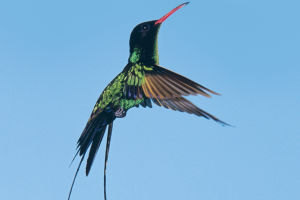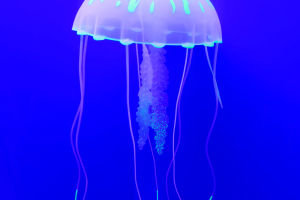The Crested Caracara (Caracara plancus) is a fascinating bird of prey that belongs to the family Falconidae. Found primarily in North and South America, this striking raptor is known for its distinctive appearance, impressive hunting skills, and adaptability to various habitats.
In this article, Lykkers, we will delve into the characteristics, behavior, and habitat of the Crested Caracara.
Physical Characteristics
The Crested Caracara is a large bird with a unique appearance. Adults typically measure between 20 to 24 inches in length, with a wingspan ranging from 45 to 50 inches. Their plumage is predominantly black and white, with a striking orange-yellow facial skin that adds to their regal look. They have a strong, hooked beak and long legs that make them effective hunters.
One of the most notable features of the Crested Caracara is its distinctive crest, which is formed by elongated feathers on the back of its head. This crest can be raised or lowered, giving the bird a dynamic appearance. Juvenile caracaras exhibit a more brownish plumage with streaked underparts, gradually developing the characteristic black and white coloring as they mature.
Habitat and Range
Crested Caracaras are highly adaptable birds, found in a variety of habitats including grasslands, savannas, open fields, and even urban areas. They are primarily distributed in Florida, Texas, and parts of Central America. In South America, they inhabit regions such as Argentina, Brazil, and Chile. Their ability to thrive in diverse environments is a testament to their resilience and resourcefulness.
Diet and Hunting Behavior
Crested Caracaras are opportunistic feeders, with a diet that includes carrion, small mammals, reptiles, insects, and even fruits. They are often seen scavenging alongside other birds of prey and are known to follow vehicles on roads to take advantage of roadkill. Their keen eyesight and sharp talons make them skilled hunters, allowing them to catch prey on the ground or snatch it from bushes.
These birds are also known for their unique hunting behavior. Unlike many other raptors that rely on soaring or diving, the Crested Caracara often walks on the ground, using their long legs to search for food. This behavior, combined with their adaptability, allows them to exploit various food sources effectively.
Behavior and Social Structure
Crested Caracaras are generally social birds and can often be seen foraging in pairs or small groups. They are known for their vocalizations, which include a range of whistles, caws, and chattering sounds. During the breeding season, they engage in elaborate courtship displays, involving aerial acrobatics and synchronized flying.
Their nests are usually built in tall trees or cliffs, constructed from sticks and other vegetation. A typical clutch consists of two to four eggs, which both parents incubate. The young chicks are cared for by both parents until they are ready to fledge.
The Crested Caracara is a remarkable bird that showcases the beauty and adaptability of raptors. With its striking appearance, diverse diet, and social behavior, this bird has captivated the hearts of many nature enthusiasts. Whether soaring through the skies or walking gracefully on the ground, the Crested Caracara remains a symbol of the wild landscapes it inhabits.
By appreciating and protecting these magnificent birds, we ensure that future generations can continue to marvel at their beauty and ecological significance.


